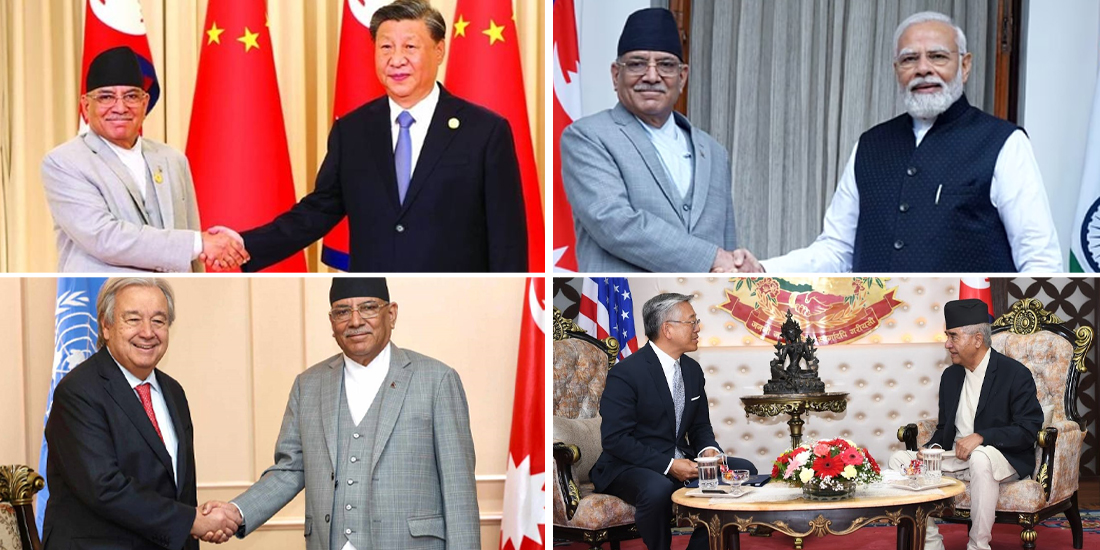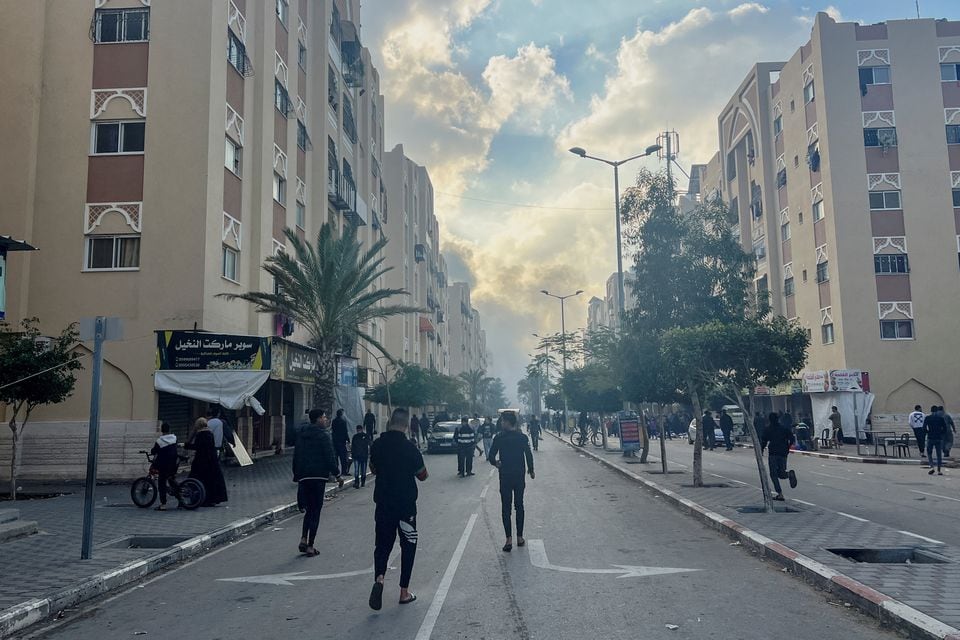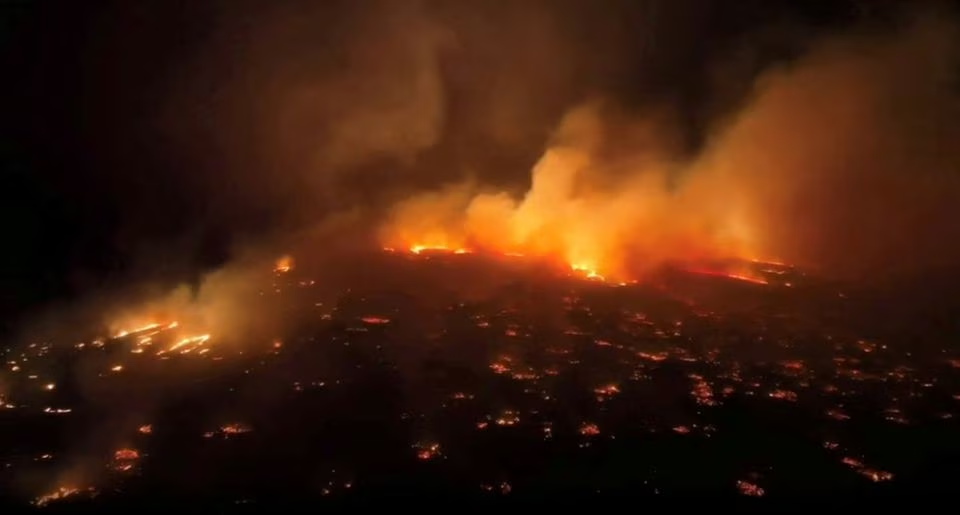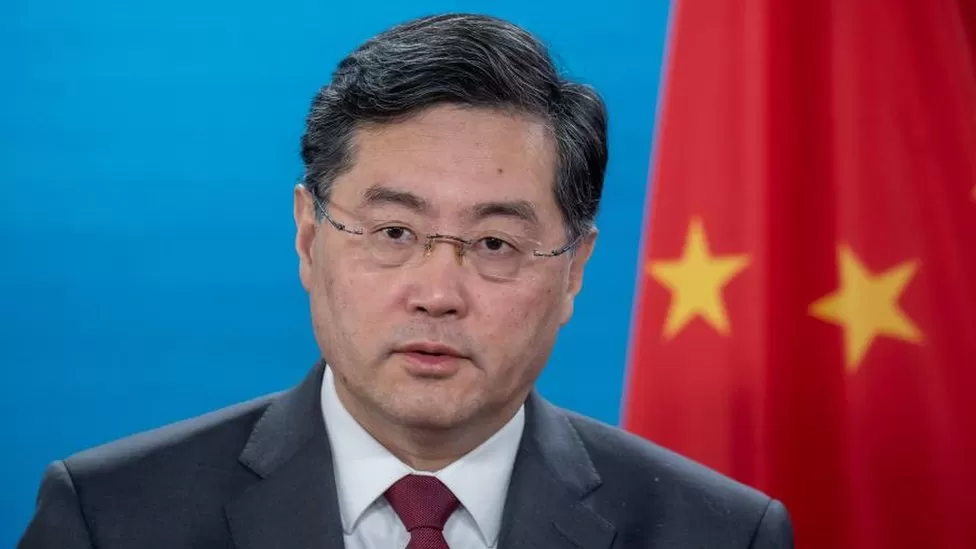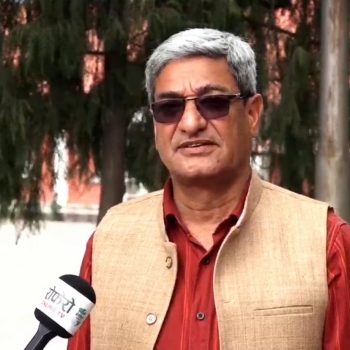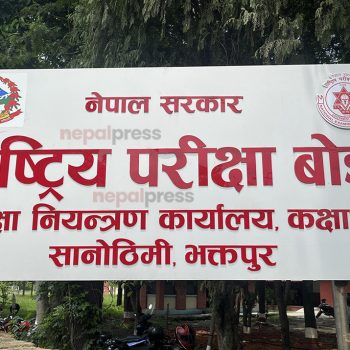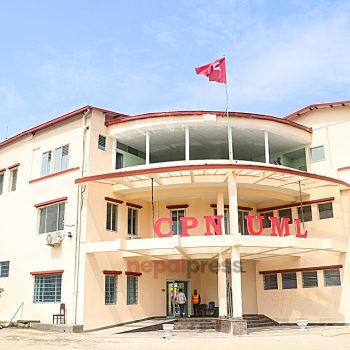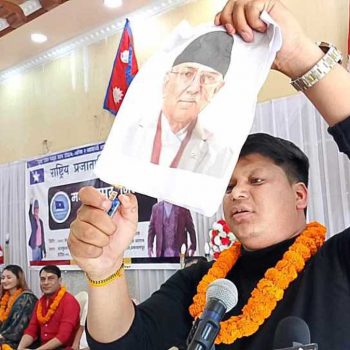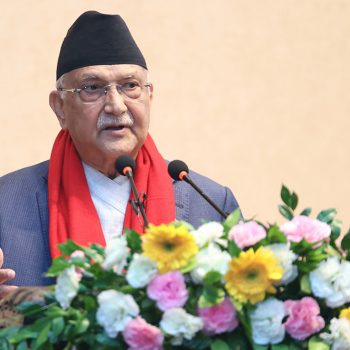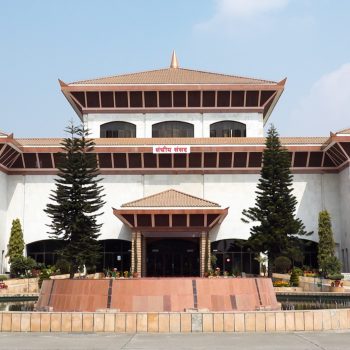As prices soar in crisis-hit Sri Lanka, many forced to moonlight
 NepalPress
NepalPress
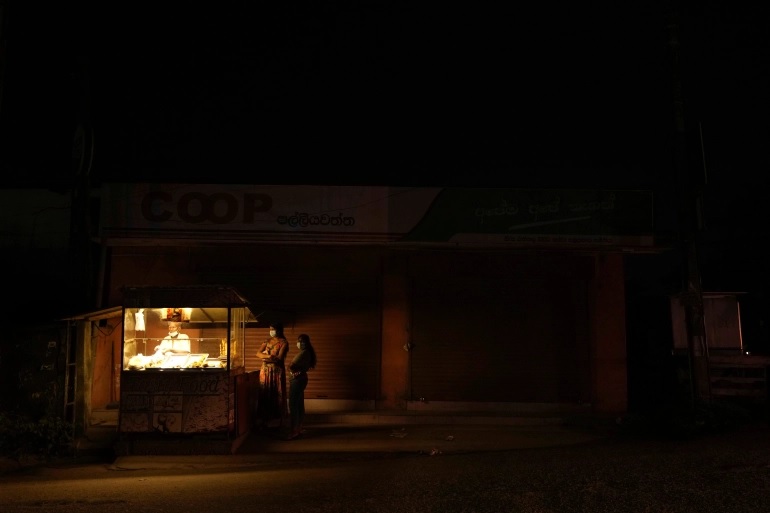
Sri Lankan waiter Abdul Razzak hoped to supplement his wages by moonlighting as an Uber Eats food courier using his friend’s motorcycle. It didn’t work out – instead of doing deliveries, he ended up stuck in queues to buy gasoline, Aljazeera reported.
Beset by fuel shortages, power cuts and soaring food prices, many Sri Lankans are being forced to take on second jobs as millions struggle to survive the Indian Ocean nation’s worst economic meltdown since independence in 1948.
“We have never come across this kind of economic hardship,” said Razzak, 53.
“Sometimes my wife and I go hungry so that we can feed our children two meals. It used to be three.”
Historically weak government finances, badly timed tax cuts and the COVID-19 pandemic, which hit the vital tourism industry, have decimated the economy, triggering a currency crisis that has disrupted fuel imports and caused skyrocketing food prices.
“We can’t survive here any more,” said Indika Perera, 43, a security guard at a private company in the main city of Colombo who earns 42,000 rupees ($155) a month.
Groceries that cost Perera about 10,000 rupees a month before the coronavirus struck, now cost half his salary.
He said he struggled to feed his three children anything more than plain rice once a day. On good days, he gets them a small fish, their only source of protein, he told the Thomson Reuters Foundation at his one-room home.
“Sometimes my wife and I starve,” said Perera, who tried a short stint as a waiter for a few nights but soon gave up after he fell asleep on his day job.
Tension over shortages has led to sporadic violence among residents jostling to buy fuel and other essential goods.



